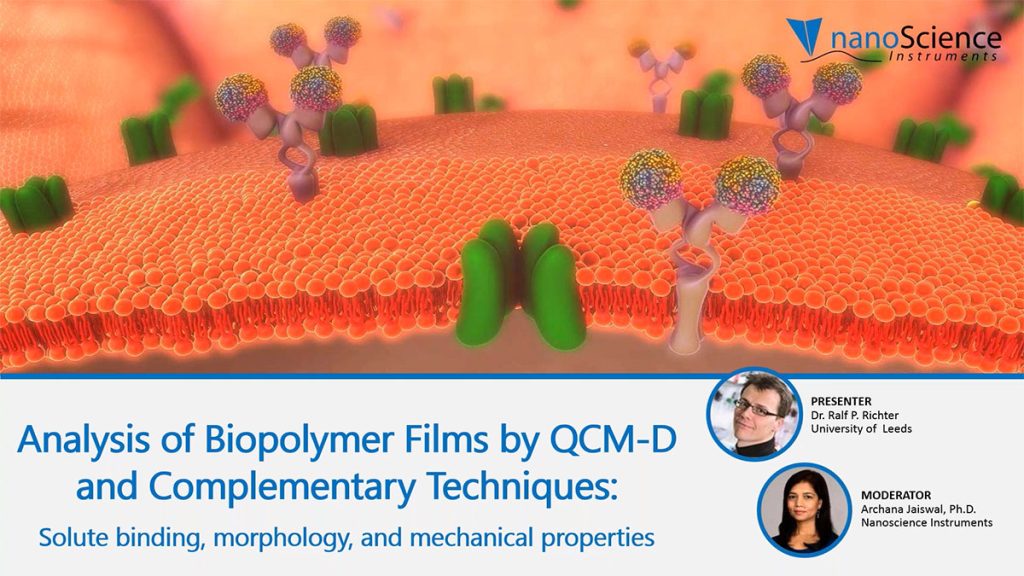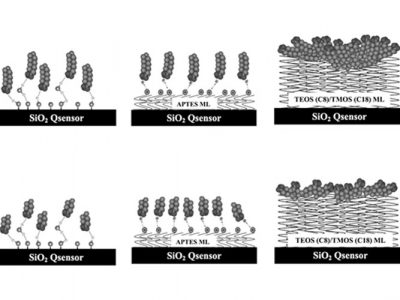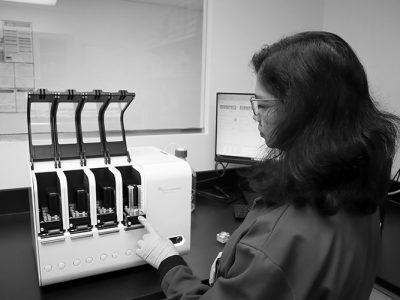Biopolymers are essential building blocks of life. The structure of one biopolymer is no mystery – DNA’s double helix is one of the most famous structures in the world. But DNA is not the only biopolymer in our bodies. The last two decades have made it increasingly clear that flexible biopolymers, such as intrinsically disordered proteins and polysaccharides, also play many crucial roles in the organization and functions of our cells and tissues. Join us for a webinar on Wednesday, January 13th as we explore techniques that help us to better understand these important pieces of our biology.
One of the most powerful ways to study the morphological and mechanical changes of biopolymers at various conditions is with QCM-D (Quartz Crystal Microbalance with Dissipation monitoring). This extremely sensitive analytical technique can measure the mass and mechanical properties of adsorbed films in real time, allowing the quantification of film thickness, viscoelastic properties, binding and unbinding rates, and stability.






